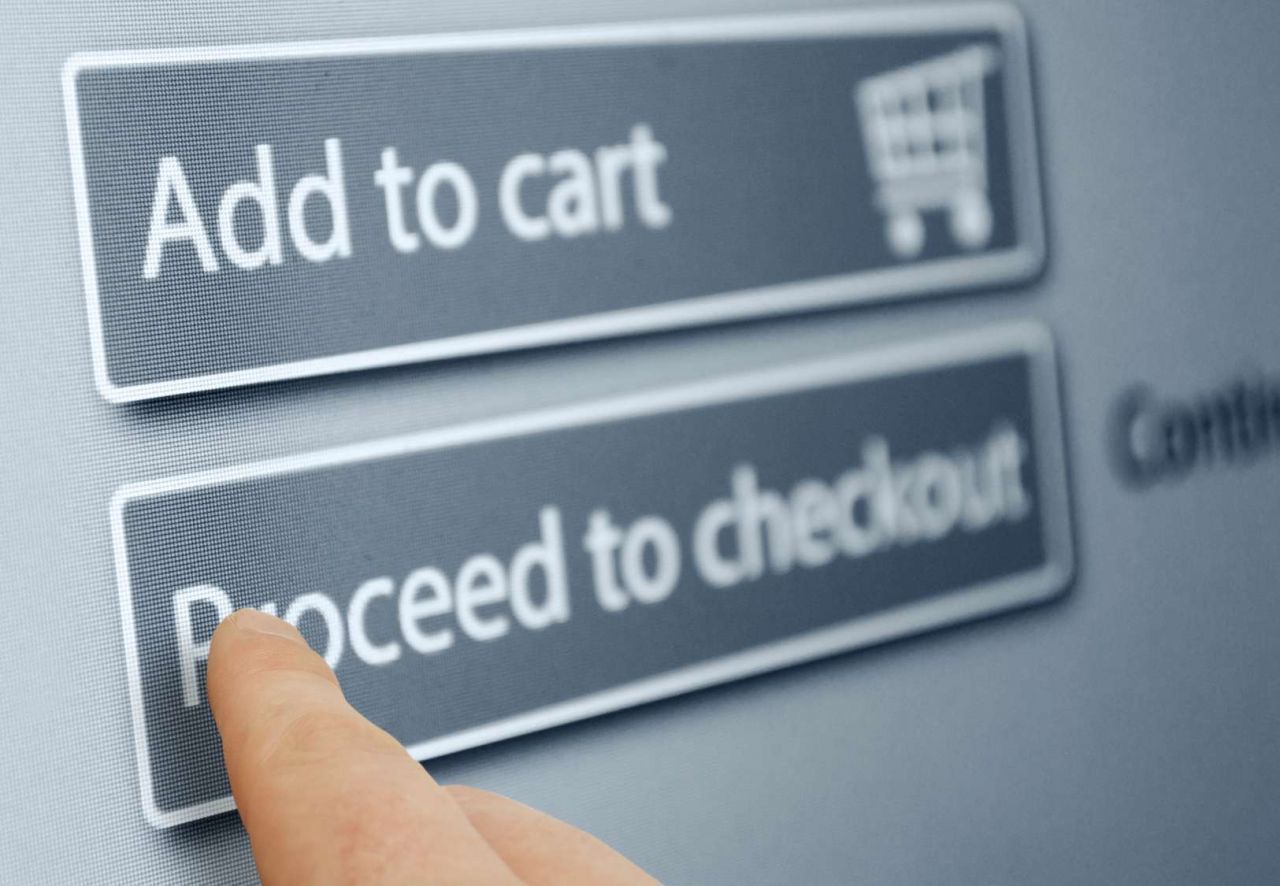
Whether you’re new to e-commerce or have a well-established site, you should be aware of these seven mistakes that will cost you money:
Making Hasty—and Costly—Decisions
Who will build and/or host your site? Who will process your online credit-card orders? You don’t need to be able to do all these tasks yourself, but you should learn the basics so you can evaluate vendors. Contact at least five before signing a contract.
Neglecting Customer Service
The lack of personal contact in e-commerce transactions often translates into an impersonal experience for your customers. You can deliver quality online customer service by:
- Sending email to customers when an order is received and when it is shipped. Your messages should encourage customers to contact you if the products don’t meet their expectations.
- Answering email promptly (and adding a personal touch, such as using the customer’s name).
- Listing your physical business address and phone number on your site.
Forgetting to Integrate Your Web Site with Your Traditional Business
Don’t forget to include your website address in your traditional print advertising, press releases, and other business documents, including:
- Direct marketing materials (mailers, point-of-sale packaging, trade show displays).
- Advertising (classifieds, resource guides, Yellow Pages).
- Collateral material (company brochures and stationery).
Neglecting to Test Your Site
You don’t want customers to leave your site because of an error-prone ordering process. Test your site frequently to see what sort of experience your customers are having.
- Test your order form and view your pages while using different browsers.
- Cancel and restart an order to see what happens in both the customer’s browser and your order-processing software.
Failing to Prepare for Success
Successful online businesses grow at phenomenal rates. When success arrives, you’ll face far greater expansion costs if you neglect to do some planning now. Consider in advance how you’ll add additional capacity to your site to avoid:
- Traffic jams. Consider contracting for additional bandwidth from your Web hosting service to ensure your website loads quickly no matter how many users are accessing your site.
- E-commerce overload. Installing high-capacity hardware and e-commerce software now may be expensive, but it can save money by delaying or eliminating expansion costs later on.
- Slow/faulty fulfillment. Have a contingency fulfillment plan for holiday seasons and future business growth.
Submitting Customers to Overlong Download Times
To keep your site speedy and efficient, don’t use images with large file sizes and do what you can to keep your overall site file size down. Not only does Google use page speed as a ranking factor, but users with outdated browsers and/or low-bandwidth Internet connections may experience long download times on pages with large files on them.
Serving Up Aging and Out-of-Date Content
Update your content periodically. Customers are put off by outdated content which gives the impression that your site is stale and no one’s “minding the store.”
Article courtesy of SCORE.








